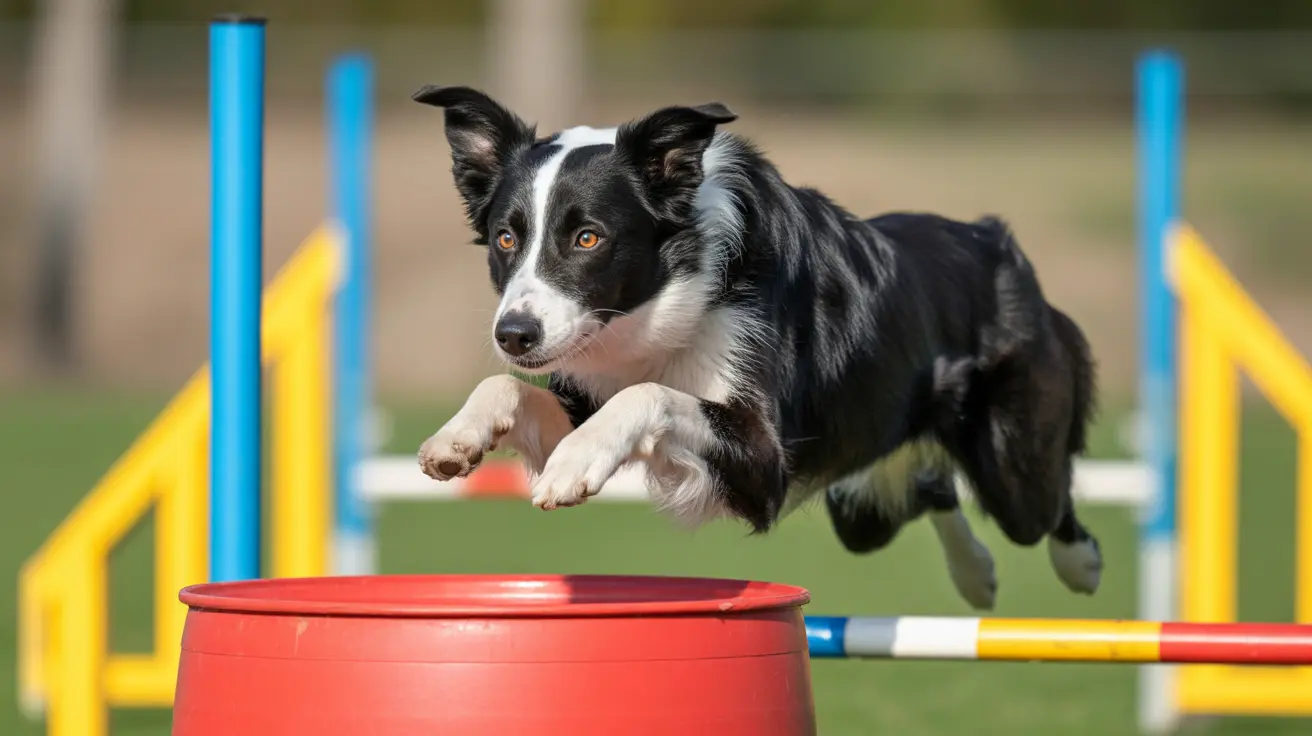Are Sealyham Terriers Good Pets? A Detailed Guide for Potential Owners
Sealyham Terriers, a historically significant and charming dog breed from Wales, have captivated dog lovers with their distinctive appearance and delightful personalities. This article explores whether Sealyham Terriers make good pets by examining their traits, behavior, training needs, grooming requirements, health considerations, and overall compatibility with families.
Origin and Background of the Sealyham Terrier
Developed in the 19th century by Captain John Edwardes at Sealyham House in Pembrokeshire, Wales, the Sealyham Terrier was bred for hunting vermin such as badgers, foxes, and otters. Edwardes aimed to create a small yet robust, white-coated terrier easily visible during hunts. Though breeding records weren't meticulously kept, the breed likely descends from a mix of terriers including the Welsh Corgi, Fox Terrier (Wire), Dandie Dinmont Terrier, West Highland White Terrier, Bull Terrier, Staffordshire Bull Terrier, and the now-extinct English White Terrier.
Physical Characteristics
Sealyham Terriers are easily recognizable due to their sturdy build and distinctive face furnishings:
- Size: Males average 9 kg (20 lbs); females 8 kg (18 lbs).
- Height: About 30–31 cm (10.5–12 inches).
- Coat: Dense, wiry double coat that is weather-resistant and non-shedding.
- Color: Predominantly white with possible markings in lemon, black, brown, blue, badger, or tan around ears, eyes, or tail area.
- Facial Features: Distinctive eyebrows and beard-like facial hair.
Temperament and Personality
Sealyham Terriers are known for their balanced personalities:
- Lively and alert: Naturally curious and full of energy.
- Affectionate and loyal: Form strong bonds with their families.
- Playful and social: Enjoy interactive play and companionship.
- Reserved with strangers: May be cautious around unfamiliar people or animals.
With proper early socialization, Sealyhams adapt well to children and other known pets. Their terrier background grants them a strong prey drive, so interactions with small animals like rodents and birds should be closely supervised.
Training and Mental Stimulation
Although intelligent, Sealyham Terriers can be independent and willful. Training should be:
- Started early: Especially during puppyhood for lasting good behavior.
- Positive: Utilize reward-based methods rather than punishments.
- Consistent and patient: Set boundaries and maintain routines.
They thrive with mental engagement. Activities like scent work, puzzle toys, and varied games prevent boredom and reduce undesired behaviors like excessive barking or chewing.
Exercise Requirements
Sealyham Terriers need moderate daily activity:
- Adults: About one hour of combined walks and play.
- Puppies: Shorter, frequent play sessions tailored to their developmental stage.
They are adaptable to both apartments and houses, but exercise and stimulation are crucial regardless of the environment. Take care in hot climates as they may overheat quickly.
Grooming and Maintenance
Although non-shedding, their coats require regular upkeep:
- Brushing: Every 2–3 days to prevent matting.
- Professional grooming: Needed regularly, particularly for show dogs.
- Facial cleaning: Their beard and eyebrow area should be cleaned often.
- Ear care: Drooping ears trap moisture, requiring regular inspection and cleaning.
- Nail trimming and dental hygiene: Nails should be clipped, and teeth brushed daily.
Health Considerations
Generally robust, Sealyham Terriers have a lifespan of 12–14 years. However, some inherited conditions may occur:
- Primary lens luxation (PLL)
- Progressive retinal atrophy (PRA)
- Cataracts and glaucoma
- Congenital or age-onset deafness
- Atopic dermatitis and environmental allergies
- Intervertebral disc disease (IVDD)
- Luxating patella and, less commonly, hip dysplasia
Routine veterinary care, health screenings, and responsible breeding practices are essential for minimizing genetic issues. Testing for conditions like PLL and PRA is available and recommended.
Feeding and Nutrition
Sealyhams do well on quality commercial foods or balanced homemade diets with veterinary guidance:
- Meal frequency: Puppies need more frequent meals; adults can be fed twice a day.
- Weight monitoring: Prevent obesity, which can strain joints and the spine.
- Treat moderation: Use low-calorie options and track daily intake.
Are They Right for You?
Sealyham Terriers make excellent companions for those who:
- Have prior dog ownership experience.
- Can provide training, grooming, and consistent stimulation.
- Live in any setting, from apartments to countryside homes.
- Value a devoted, humorous, and charismatic canine friend.
In conclusion, with the right environment, care, and attention, Sealyham Terriers can thrive as loving and well-mannered pets who bring joy and personality to any household.





